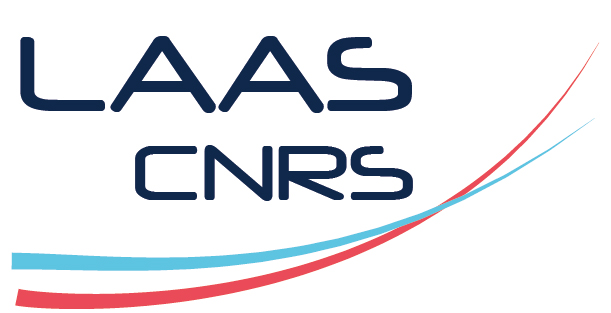Deliverable D1 - Technical Report NF-PERSEUS 2023
Résumé
This is deliverable D1 "Technical Report NF-PERSEUS 2023". This document provides an overview of the progress of the studies undertaken in NF-PERSEUS project and their progress by the end of 2023.
Chapter 1 delves into the advantages of cell-free architectures and their pivotal role in shaping the future of 6G wireless networks. Cell-free architectures, which move away from the traditional cellular network model, offer several compelling benefits that make them a promising solution for the next generation of mobile communication.
Chapter 2 describes the main use cases identified for the NF-PERSEUS project and their KPI, providing an inventory of use case specifications, representative deployment scenarios and technical requirements. It presents also the MAMIMOSA sounder which will be employed to perform massive MIMO channel measurments for the considered NF-PERSEUS scenarios.
Chapter 3 examines and discusses relevant reference scenarios based on RIS. This analysis sheds light on the technical challenges involved and the potential performance that can be achieved.
Chapter 4 provides an in-depth analysis of the performance metrics used to evaluate cell-free network architectures. It presents the studies and research activities undertaken within Work Package 3 (WP3) and summarizes the progress made by the end of 2023. It presents some potential PHY layer solutions studied in the framework of NF-PERSEUS project. These solutions comprise advanced precoding/combing schemes and multi-carrier waveforms which are adequate for cell-free architectures.
Chapter 5 provides an overview of the progress of the studies undertaken in WP4 and their progress by the end of 2023. WP4 deals with radio resource management and aims at introducing novel multi-user access schemes and resource allocation algorithms dedicated to distributed antenna systems, with an emphasis on achieving power and spectrum efficient massive access in scalable B5G sub-7GHz networks.
Chapter 6 presents an overview of electromagnetically consistent communication models for Reconfigurable Intelligent Surfaces (RISs). These models aim to describe the communication mechanisms and performance characteristics of RISs, which are emerging technologies that can dynamically control the propagation of electromagnetic waves. The chapter then goes on to showcase preliminary results obtained based on a communication model for RISs that is grounded in multiport network theory. Multiport network theory provides a framework for analyzing the electromagnetic behavior of complex systems, which is particularly relevant for understanding the operation and capabilities of RISs.
Chapter 7 summarizes the studies undertaken in WP2 related to Radio-Frequency Front-End Modules, Reconfigurable antennas and RIS aspects of the project NF-PERSEUS. Specifically, it provides details about the design and manufacturing of Hybrid PA architecture, design and manufacturing of highly efficient miniature and reconfigurable antennas using in particular agile metamaterials and/or biosourced technologies.
Chapter 8 gives the conclusion.
| Origine | Fichiers produits par l'(les) auteur(s) |
|---|---|
| licence |





